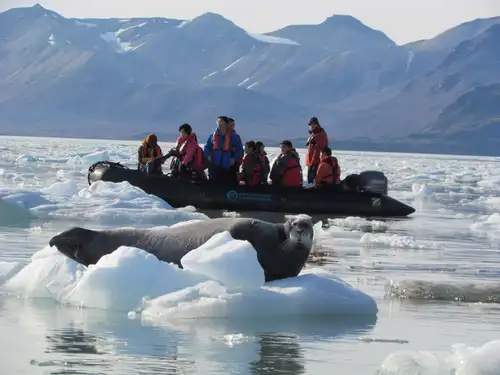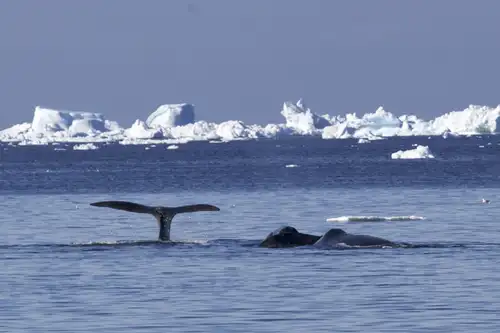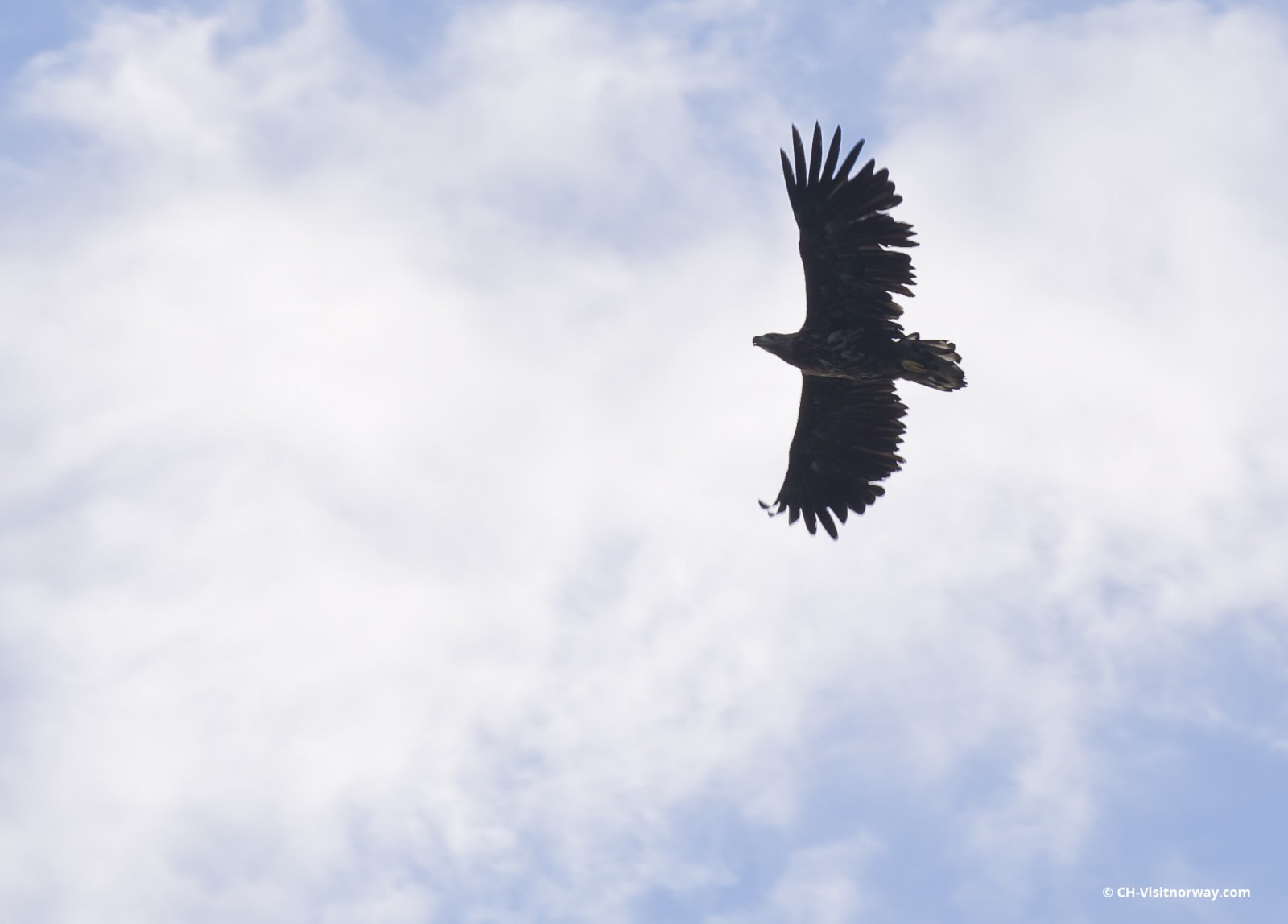Name: Sea Eagle, Erne, Ern (Haliaeetus) - any bird of prey in the genus Haliaeetus
Length: 60 cm to 105 cm, depending on species.
Weight: 1 to 9 kg, depending on species.
Location: Close to rivers, lakes, and tidewaters worldwide except in South America.
Conservation status: The eagles rank from Critically Endangered (Madagascan fish eagle) to Least Concern, depending on the species.
Diet: (Depending on location) Fish, small mammals and birds, carrion, crabs, molluscs, sea snakes, crabs, tortoises.
Appearance: All but the Sanford's and Pallas's are white-bellied and have white tails. Heads are either white or tan, depending on the species. All beaks feature a high arch.
How do Sea Eagles feed?
Sea Eagles are primarily fishers, diving and snatching prey from just under the water's surface. They will also steal food from competitor birds like the osprey. If they catch a fish too heavy to fly with, they will swim back to shore. Eagles have a pouch in their chests called a crop, which stores food until the stomach is ready for digestion.
How fast do Sea Eagles fly?
Flight speed varies by species. For example, the Bald Eagle travels at 30 to 50 km per hour, with bursts up to 120 km per hour.
What are Sea Eagles birthing rituals like?
Sea Eagles mate for life, only taking a new mate if one dies. Nests are built in tall trees or on cliffs if trees are unavailable. Nests range from 1.5 to 3 meters across to accommodate growing hatchlings. Females lay 1 to 3 eggs, which are incubated for a little over a month. Hatchlings, known as eaglets, stay in the nest for about 13 weeks, practicing flight before their first actual flight, called fledging. It takes about 5 years for eaglets to develop full adult feathers and coloring.
How long do Sea Eagles live?
Sea Eagles generally live between 20 and 30 years in the wild.
How many Sea Eagles are there today?
Worldwide estimates:
- Bald eagle - 70,000
- Stellar's sea eagle - 6,400
- White-tailed eagle - 22,000
- White-bellied sea eagle - 10,000 to 100,000
- Madagascan fish eagle - 80
- Pallas' fish eagle - 2,500 to 10,000
- Sanford's sea eagle - 375 to 1,500
- African fish eagle - 300,000
Do Sea Eagles have any natural predators?
Sea Eagle eggs and eaglets are prey to other birds and tree-climbing mammals like raccoons.
7 Excellent Sea Eagle Facts
- “Sea eagle” is a catch-all name for 8 species of eagle:
- African fish eagle
- Bald eagle
- Madagascan fish eagle
- Pallas' fish eagle
- Sanford's sea eagle
- Steller's sea eagle
- White-bellied sea eagle
- White-tailed eagle
- The Haliaeetus is possibly one of the oldest genera of birds still in existence today.
- The white-tailed eagle is the largest eagle in Europe, weighing up to about 7 kg.
- The bald eagle is the largest native North American eagle, weighing up to about 6.5 kg.
- Bald eagles build the largest tree nests ever recorded of any type of animal (up to 4 meters deep and 2.5 meters wide).
- Female Sea Eagles tend to be larger than the males.
- The Steller's Sea Eagle is considered the most aggressive and powerful of the genus.






Related Trips



Six Seal Species You Might See On Your Greenland Cruise

Under the Greenland Ice Sheet

Scoresby Sund: the Greatest Greenland Adventure

Peaks, Fjords, and Auroras: 14 East Greenland Attractions

Discover the Scoresby Sund Fjord System in East Greenland

How and When Did Greenland Become Covered in Ice?

Kayaking In Greenland

Greenlandic Inuit Beliefs

Ice streams and lakes under the Greenland Ice Sheet

10 Traits of Post-Ice-Age Greenland

Why You Should Visit Greenland: 11 Things to See, Do, and Explore

Amazing Greenland

The Arctic Hare: Easter Bunny

The World Is Changing for Greenland's Native Inuit People

The Norse Settlement of Greenland

Not Eskimos: 10 Enlightening Facts About the Inuit

Greenland: East vs. West

Northeast Greenland National Park

The bowhead whale, whaling about the Arctic






 20 Days / 19 Nights
20 Days / 19 Nights
